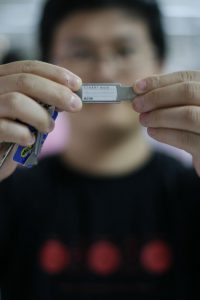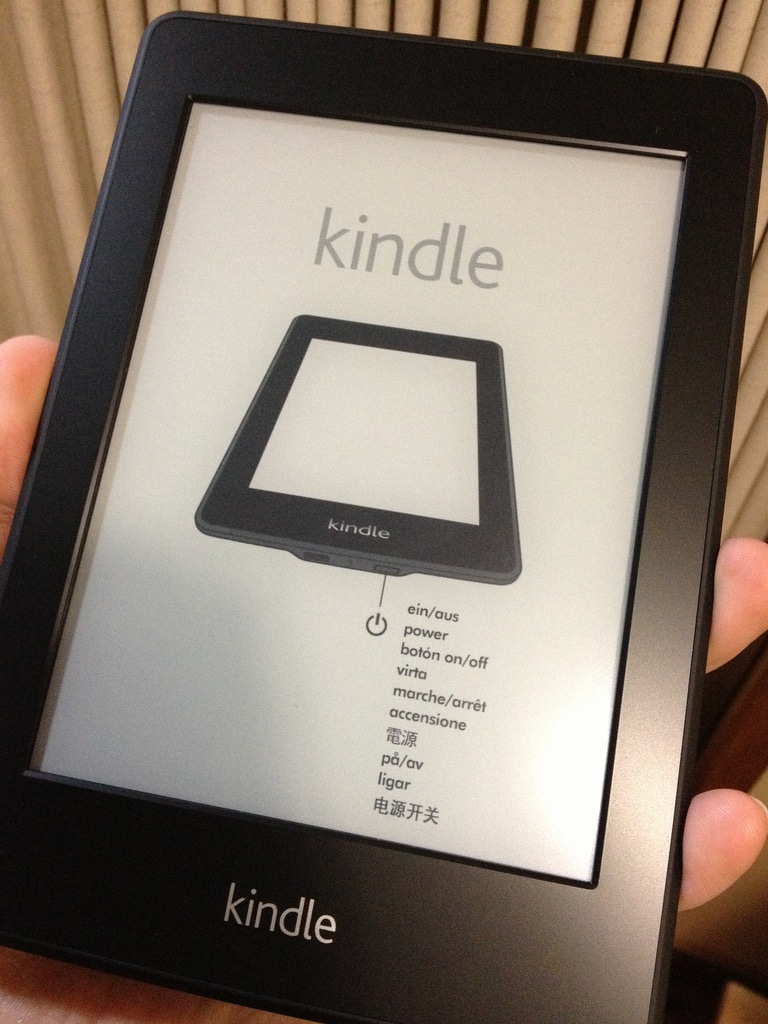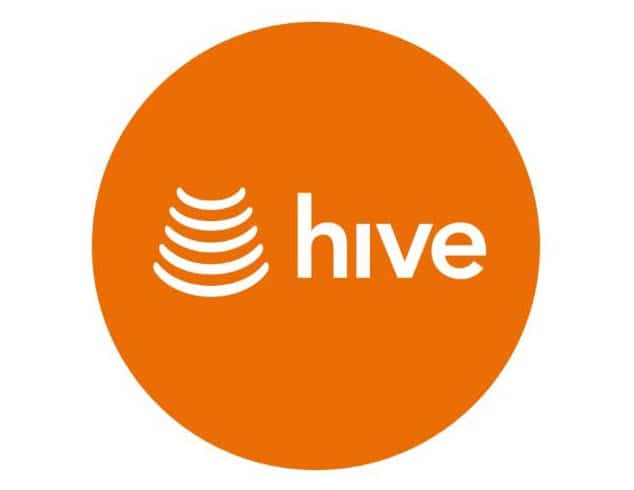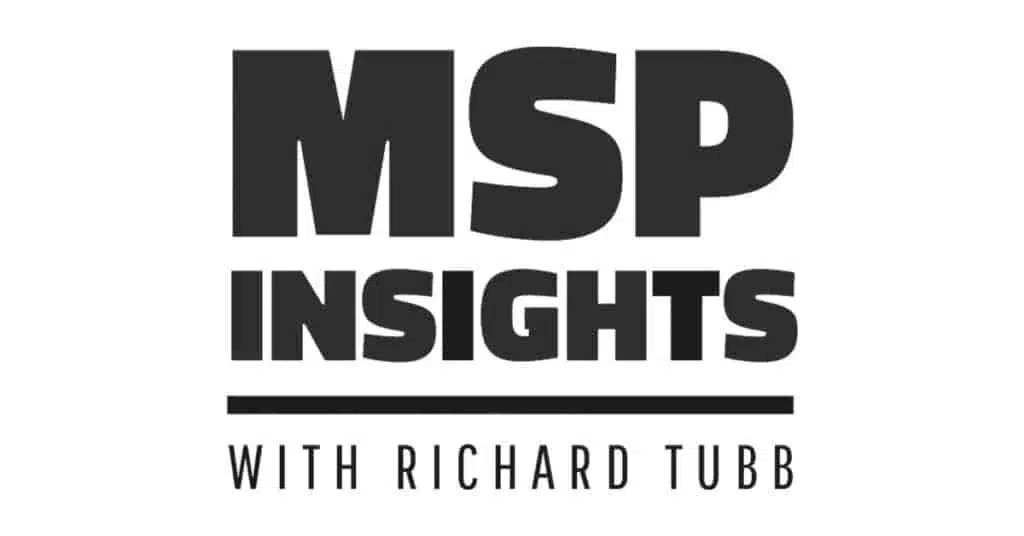 I recently showed our IT Support team how to use this method for working with Windows 7, I hope it’s useful for you too.
I recently showed our IT Support team how to use this method for working with Windows 7, I hope it’s useful for you too.
If you’re still installing Windows 7 to a PC from DVD, then you’re missing a trick to speed up installation times.
If you’re installing Windows 7 to a Netbook, then you’ll pretty much need to know how to do this as you won’t have a DVD-ROM to boot from. 🙂
Installing Windows 7 from a USB Key Disk is the fastest way to get Microsoft’s latest Operating System on to your PC – I’ve seen installs take 15 minutes or less from boot-up – and here’s how to do it.
- First – make sure you have a Windows 7 installation disk or ISO!
- Second – make sure you have a USB Key Disk of 4GB in size or more to enable you to store all the Windows 7 installation files.
- Third – make sure you’ve turned on the option to boot from USB Key Disk in the BIOS of your PC. Most PC’s built in the last three years will have this option available – if you can’t see it, seek out a BIOS upgrade from your PC manufacturer web-site, then look again post-upgrade.
- Fourth – make sure you run this process on a Windows Vista or Windows 7 machine. Windows XP, sadly, won’t allow you to do this.
Stage One – Format the USB Key Disk
WARNING:- Be *very* careful when using the diskpart utility. Select the wrong disk to use diskpart on, and you can do a lot of damage!
1. After plugging in your USB Key Disk, open a command prompt as administrator (Click Start > type command > right click “Command Prompt” and click “Run as Administrator”)
2. From the Command Prompt, type diskpart and then when the utility has loaded type list disk. Make a note of the number of your USB Key Disk.
3. Type select disk x (where x is the number of your USB Key Disk) then clean
4. Type create partition primary then select partition 1
5. Type active then format fs=NTFS quick
6. Type assign then exit.
Leave the Command Prompt open for the next stage of the process, and make a note of the drive letter given to your newly formatted USB Key Disk.
Stage Two – Make the USB Key Disk Bootable
1. Insert the Windows 7 DVD into your DVD Drive (or alternatively, use the Windows 7 .ISO file and mount it using MagicISO or similar).
2. From the Command Prompt, change directory to the DVD’s “boot” directory – typically this would mean typing d: then typing cd d:boot (where d: is your DVD Drive)
3. Type bootsect /nt60 g: (where g: is the letter assigned to your newly formatted USB Key Disk).
4. Close the Command Prompt.
Stage Three – Copy the Windows 7 Installation Files to the USB Key Disk
1. Within Windows Explorer, from the Tools > Folder Options menu, make sure you’ve got “Show Hidden Files, Folders and Drives” turned on, and “Hide Extensions for known file types” and “Hide protected operation system files” turned off.
2. Copy all the files on the Windows 7 DVD to the formatted USB Key Disk.
Stage Four – Install Windows 7 from USB Key Disk
Making sure you’ve set the BIOS of your PC to boot from USB Key Disk, pop the USB Key Disk in and go through the (much faster than from DVD!) installation routine! 🙂














Comments
3 thoughts on How to Install Windows 7 from USB Key Disk
CHRIS
2ND DECEMBER 2009 13:28:02
Brilliant Blog Post once again. I will retweet this for you mate
FIXING A VERY SLOW WINDOWS 7 INSTALLATION « TUBBBLOG
28TH MARCH 2011 11:32:22
[...] trying to install Windows 7 via USB Key Disk (find out how to install Windows 7 from USB Key Disk) I came across an odd and frustrating problem – once Windows 7 had booted into its setup routine, [...]
TUBBLOG
28TH MARCH 2011 11:44:17
Thanks Chris - appreciate it! :-)